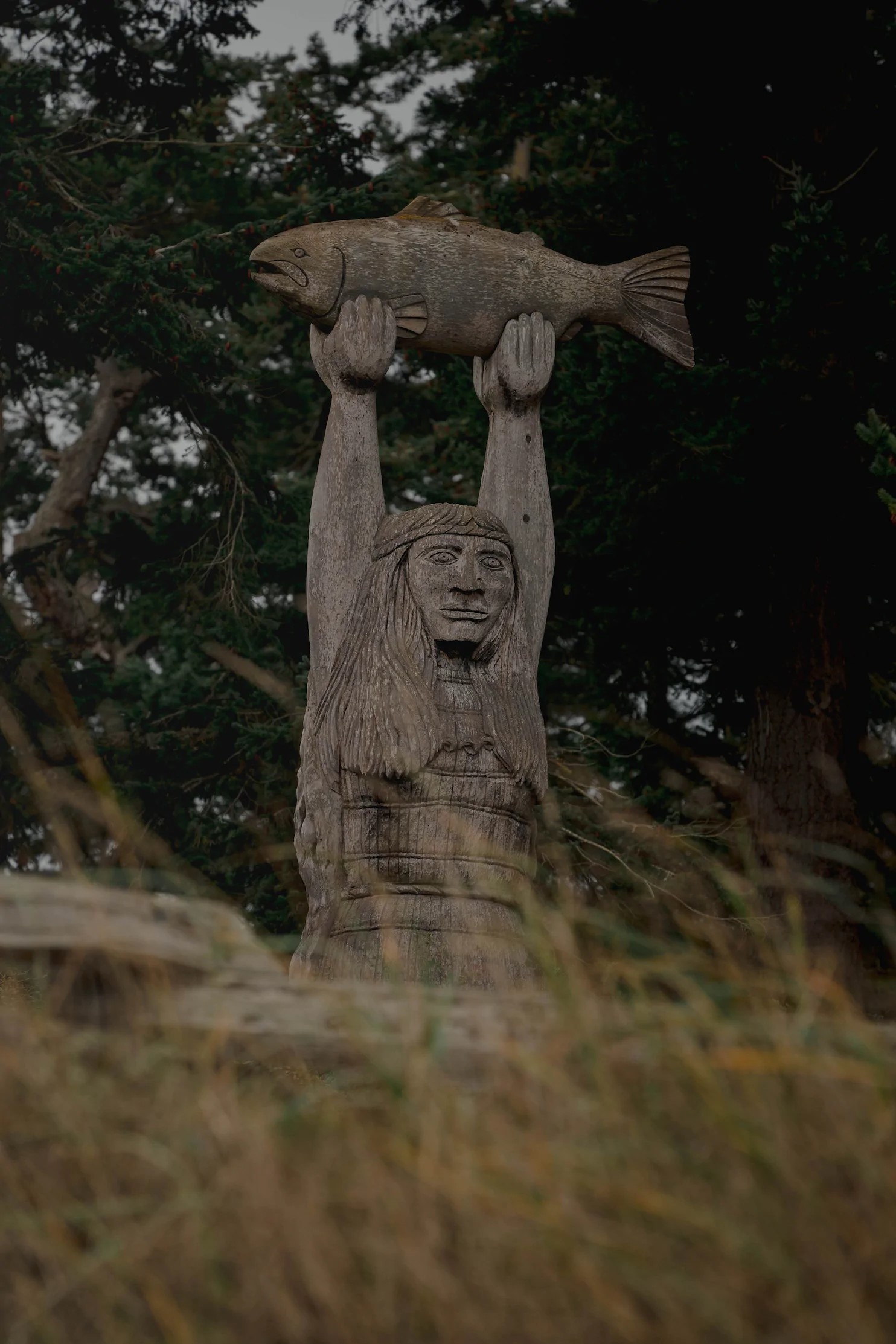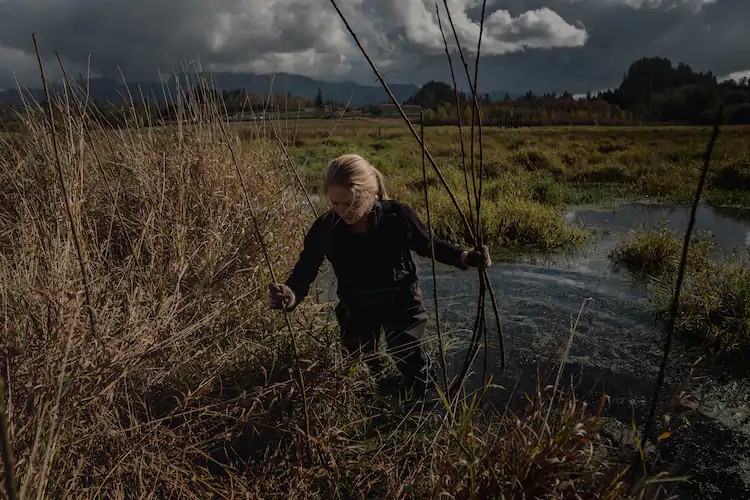Learning from Indigenous Elders

The above image is of a carving located at Deceptono Pass State Park on Fidalgo Island, WA, and represents a legend “linking native people and the sea”.
“An Ancient people with a modern plan,” written by Jim Morrison, was published in the 11/24/20 Washington Post Climate Solutions column.
“At the ceremony’s conclusion, single salmon are ferried by boat in four directions — north to Padilla Bay, east to the Skagit River, south to Skagit Bay and west to Deception Pass — and eased into the water with a prayer that they will tell other salmon how well they were treated.”
“The salmon and the crabs and the clams are relatives,” says Jamie Donatuto, the Swinomish tribe’s environmental health officer. “They’re living relatives. They’re not just resources. And so you treat them with a symbiotic respect. They feed you because you take care of them. It’s a very different way of thinking about why these areas are important.”

For me, the lessons offered in this story will do nicely in summing up a right-minded attitude about habitat conservation and ecosystem maintenance, be it in rural quadrants or urban forests. Our young people ought to be taught what these elders know about oneness with nature, and the resultant ecosystem benefits.
“In recent years, the tribe has fostered salmon recovery through a variety of projects. It has restored tidelands and channels, planted trees along streambeds to cool warming waters, and collaborated with farmers to increase stream setbacks to improve water quality.”